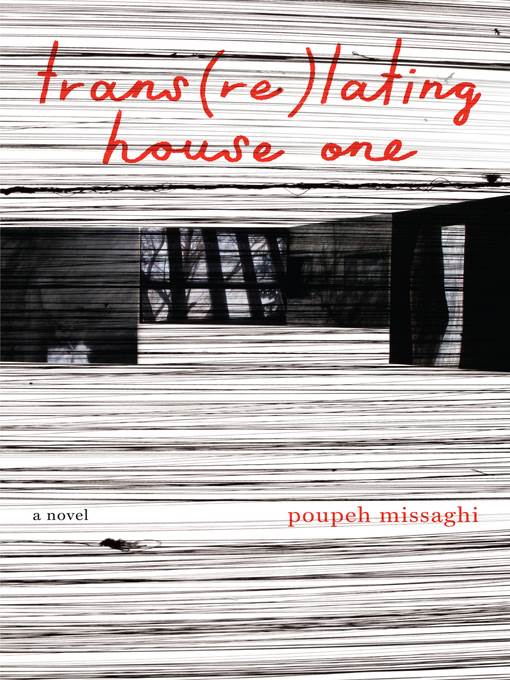
trans(re)lating house one
فرمت کتاب
ebook
تاریخ انتشار
2020
نویسنده
Poupeh Missaghiناشر
Coffee House Pressشابک
9781566895736
کتاب های مرتبط
- اطلاعات
- نقد و بررسی
- دیدگاه کاربران
نقد و بررسی

December 1, 2019
Iranian American writer and translator Missaghi's debut novel, set in Tehran, aims to unknot the city's tangled secrets--its art, its violent histories--and illuminate inhabitants living and dead. The narrative is fragmentary, deliberately disjointed, because, as the unnamed narrator explains, "the whole only becomes the whole in parts, in conversation with the parts, dispersed in time, in space." It is a novel filled with unanswerable questions: "How can we free ourselves from the past while honoring it?" "How does death define the experience of life?" "Can the living even have a narrative without the narratives of the dead?" The book begins with a woman's search for public statues that went missing in the spring of 2010, in the wake of Iran's political unrest. The pieces are numbered and described as though in a catalog: "Missing Statue (1): Mother and Child. Location: San'at Square." Interspersed with the statues and the story of her search for them are pages of questions, word clouds, and quotations from academic works on the subjects of dreams and urban spaces, and the tone ranges everywhere from journalistic to magical realist. Another set of numbers begins, this one a catalog of corpses. "I make her keep looking for the bronze bodies while these bodies of flesh and blood begin to become their own statues in the landscape of my soul," the narrator tells us. The dead described here are based on real cases, and what connects them is the violence of the state: assassinations, arrests by Cyber Police, attacks on university students, beatings in prison. In Persian, "both 'testimony' and 'martyrdom' are expressed with one word." We learn the cause of each death, the date and place, and the attempts by those left behind to learn the truth, to seek justice, to mourn. "What is the use of the book when the dead are not coming back to life?" "What good is yet another remnant?" "Will the trauma ever stop being inherited? Will humans ever change?" An ambitious, important book, erudite and anguished, about the role of writer as witness.
COPYRIGHT(2019) Kirkus Reviews, ALL RIGHTS RESERVED.

December 23, 2019
Missaghi’s lyrical, meditative debut merges fiction, poetry, and critical study to explore Iran’s history and volatile present. An unnamed woman catalogues the statues of figures from the Persian Constitutional Revolution that are steadily disappearing from Tehran, reflecting on what their absence says about the enduring value of sacrifice for the greater good. After encountering a mysterious woman who slips her a note reading “Keep looking for the bodies,” the protagonist begins writing annotations of the protesters who died in the aftermath of the 2009 election. As her archive grows, the narrator’s project hinges on two questions: “How does death define the experience of life?” and “How to translate loss into language?” Between entries, readers glimpse the public lives of women in teahouses, art galleries, and city buses, and enter into a rich dream world that “gains materiality” through the protagonist’s methodical documentation. Missaghi mines a range of literary sources, quoting from Claire Lispector and Sigmund Freud, and notes formal inspiration from Roberto Bolaño’s harrowing description of missing and murdered women in 2666, though the result is less a novel than a bravura exhibition of writing as performance art. This will appeal to fans of mixed-genre experiments, such as works by Lyn Hejinian and Anne Carson.

























دیدگاه کاربران